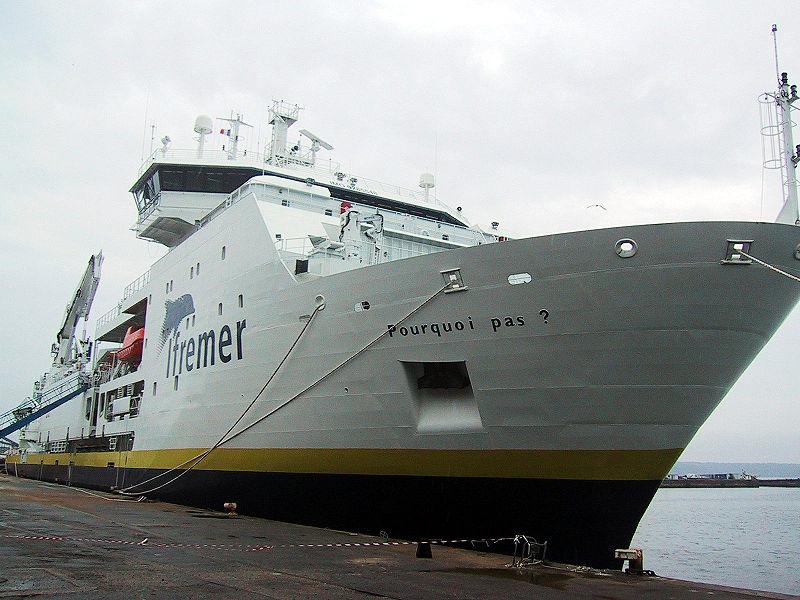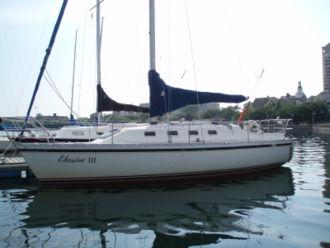
- •Часть 1 настоящего издания shipbuilding, автор Чумаков м. А. Удк 802.0:629.12(075.8) ббк 81.2Англ.Я 7. Вышла в свет в 2007 году в бнту
- •Unit I water vessels
- •Text 1a
- •Text 1b
- •Text 1c
- •Unit II passenger ships
- •Text 2a
- •Text 2b
- •Text 2c
- •Unit III cargo ships
- •Text 3a
- •Text 3b
- •Text 3c
- •Unit IV
- •Specialized vessels
- •Text 4a
- •Text 4b
- •Text 4c
- •Unit V art of shipbuilding
- •Text 5a
- •Text 5b
- •Text 5c
- •Unit VI shipbuilding technologies
- •Text 6a
- •Text 6b
- •1. Deck; 2. Transverse bulkhead; 3. Side frame; 4. Stem; 5. Forepeak; 6. Side stringer; 7. Double bottom; 8. Floor; 9. Afterpeak; 10. Sternpost; 11. Hatch; 12. Carling; 13. Deck beam
- •Synonyms:
- •Antonyms:
- •Text 6c
- •Installations
- •Hull Installation Work:
- •Electrical Installation:
- •3) Installation of the Auxiliary Machinery:
- •4) Installation of Boilers:
- •Unit VII shipbuilding in belarus
- •Text 7a
- •Text 7b
- •Text 7c
- •Belarusian sea port
- •Unit VIII future perspectives of ship-building
- •Text 8a
- •Ships of the future
- •Text 8b
- •Text 8c
- •Intelligent systems of ship automation
- •Supplementary texts
- •Vessel familiarization While Staffing a Liner
- •Minimum Requirements for the Vessel Personnel
- •Systems Of Signals
- •Navy ships of the early xxth century
- •Three from catalina
- •A “baby” in the cats’ family
- •Addison’s shipyards
- •Perspective ships. General requirements and ways of implementing
- •The main directions of the development and the features of the perspective ships
- •Appendix Types of Boat Hulls
- •Major Shipwrecks
- •Directions of a Boat
- •Abbreviations and symbols
- •Some geographical and proper names
- •Vocabulary
- •Contents
Text 4c
RESEARCH VESSELS AND PLEASURE BOATS
Research vessels carry out a number of roles at sea. Some of these can be combined into a single vessel, others require a dedicated vessel.
Fisheries science requires platforms which are capable of towing a number of different types of fishing net, collecting plankton or water

Pic. 17. The French research vessel “Pourquoi pas?”
samples from a range of depths, and carrying acoustic fish-finding equipment. Fisheries research vessels are often designed and built along the same lines as a large fishing vessel, but with space given over to laboratories and equipment storage, as opposed to storage of the catch.
Hydrographic survey vessels are used to conduct hydrographic and seismic surveys of the seabed and the underlying geology.
This information is useful for both producing navigational charts for shipping, and for detecting geological features which are likely to bear oil or gas. These vessels usually mount equipment on a towed structure, for example, air-cannons, used to generate a high pressure shock wave to sound the strata beneath the seabed, or mounted on the keel, for example, a depth sounder.
Oceanographic research vessels carry out research on the physical, chemical and biological characteristics of water, the atmosphere and climate, and as such, are required to carry equipment for collection of water samples from a range of depths, including the deep seas, as well as equipment for hydrographic sounding of the seabed, along with numerous other environmental sensors.
A

When one speaks about pleasure boats first of all he imagines a yacht, of course. While the word Yacht in the dictionary sense is merely a small boat, in modern use designates two rather different classes of watercraft, sailing and power yachts
Pic. 18. A sailing yacht
(we also must distinguish between racing and cruising yachts). Yachts are differentiated from working ships mainly by their leisure purpose: they are comfortable conveyances owned by the wealthy.
There are many different yacht types depending on their purpose, construction model and propulsion. Here can be named:
-
Day sailing yachts, having no cabin and being designed for hourly or daily use and not for overnight journeys;
-
Weekender yachts, possessing a single "saloon" with bedspace for two or three people;
-
Cruising yachts, being quite complex in design and capable of taking on long-range passages of many thousands of miles. Such a vessel will usually have many rooms below deck. Typically there will be three double-berth cabins; a single large saloon with galley, seating and navigation equipment; and a "head" consisting of a toilet and shower-room. The interior is often finished in wood panelling, with plenty of storage space;
-
Racing yachts, with the light hull but having a deep and heavy bulb keel, allowing them to support a tall mast with a great sail area.
Yacht lengths generally start at 32–35 feet (10–11 m) and go up to hundreds of feet. A mega yacht generally refers to any yacht (sail or power) above 100' or 34 m and a super yacht generally refers to any yacht over 200' or 70 m. This size is small, of course, in relation to say cruise liners and oil tankers.
In recent years, small- to medium-sized private yachts have evolved from fairly simple vessels with basic accommodation into sophisticated and luxurious boats.
Ex. 18. Make up the classification of research vessels and yachts.
Ex. 19. Speak on the topic “Specialized Vessels”.
